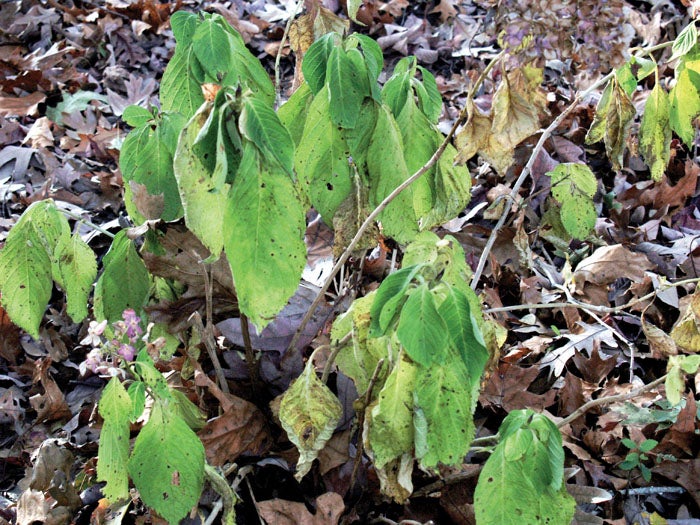Darrell Blackwelder: Tips for plant irrigation
Published 12:00 am Sunday, July 4, 2021

- Wilted hydrangea
Even with rain showers, irrigation is a way of life for those that want to keep bedding plants, lawns and vegetables alive. The ideal time to irrigate is in the early morning to avoid evaporation during the heat of the day. Avoid irrigating late in the afternoon or at night. Even though late evening and night irrigation provides cooler temperatures, it also the perfect environment for the development of foliar diseases. Use a rain gauge to measure the amount used if you use overhead irrigation to determine if you’re applying a sufficient amount of water. Shallow irrigation may cause more damage by creating shallow root systems. Check the soil often to make sure plants are receiving an adequate water supply. If you have a drip system, place a small plastic cup beneath the hose to measure the amounts from the emitters.
Automatic timers ease the task of irrigation and reduce waste by eliminating over watering. Water timers meter water by gallons or by amount of irrigation time desired by owner.
There is really no valid way to determine how much to water a plant or a garden area in a week. Plant species, soil types, and exposures are only a few variables, which exist, that often confuse the most experienced gardener. Newly planted shrubs and trees will need more water than well-established materials. Dogwoods, rhododendron, azaleas and camellias have shallow root systems, succumbing to drought in dry weather. These may need extra water.
Remember, do not overwater wilting shrubs, as overwatering kills trees and shrubs much quicker than droughts. Hydrangeas often wilt during the heat of the day but become turgid in the evening and early in the morning. Close examination early in the morning is the best time to gauge when irrigation is needed.
Mulching is an effective method to aid in water conservation. Three or more inches of organic mulches such as bark or pine needles conserve soil moisture and keep plants turgid. Wheat straw, shredded newspaper and other organic material can also be used in vegetable gardens as an aid in conserving moisture, especially around tomato plants and other plants which are heavy drinkers.
Moisture-holding crystals/granules are also available and can be added to container soil mixtures to help reduce watering. The crystals turn into jelly-like bead which are designed to provide water to plants and reduce watering. There is some controversy as to whether these actually work, however many like them. Read the instructions carefully as some of these products cannot be applied to vegetables and other edible plants.
Darrell Blackwelder is the retired horticulture agent and director with the North Carolina Cooperative Extension Service in Rowan County. Contact him at deblackw@ncsu.edu .


